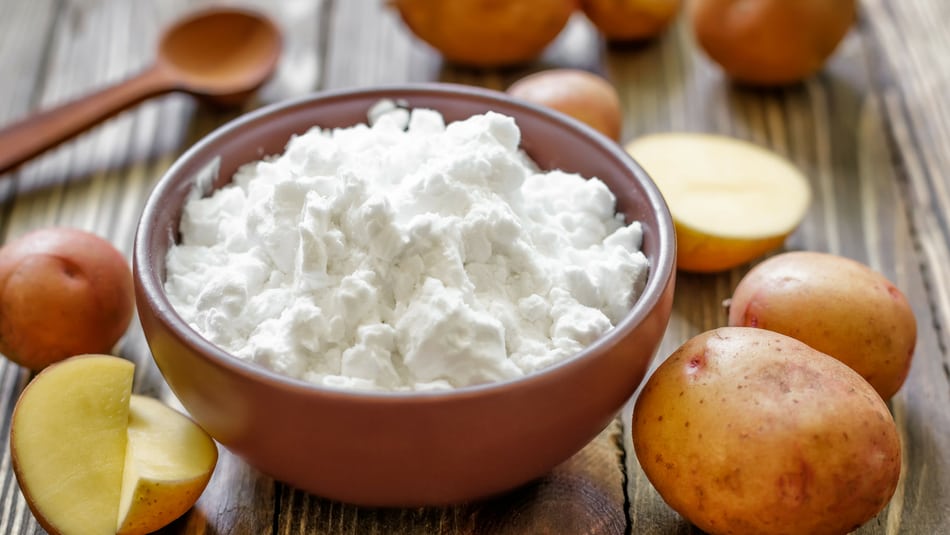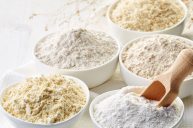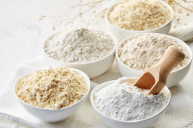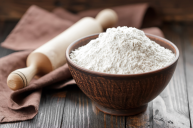First thought on gluten-free baking or cooking might be that it's nearly impossible and only for professionals. It's actually not a daunting task at all and can easily be done for those who have a wheat allergy or celiac disease.
Videos by Wide Open Country
Gluten is a protein found in wheat, rye, and barley, so that means something like all-purpose flour or whole wheat flour is an ingredient that gluten-free folks have to avoid. There are a lot of gluten-free flour blends on the market nowadays (I love using Bob's Red Mill), but there are also other alternatives that work just fine too.
Here are 11 of some of the best gluten-free flours.
1. Almond Meal/Almond Flour
Almond meal/almond flour is easy to find at the grocery store (you can make it at home) and is simply just blanched almonds ground into a meal. I like to use it to replace all of the all-purpose flour in a recipe.
Almond flour is high in fiber, vitamin E, and healthy fats and gives baked good like brownies, almond cake, and cookies a nice, nutty flavor. You can also use it to replace breadcrumbs when cooking.
2. Rice Flour
Whether you're using brown rice flour or white rice flour, it will work with gluten-free baking or cooking. It's a very popular gluten-free flour alternative and is made from ground rice. It has a very fine and light texture and is also very nutritious.
It has a very mild flavor so you can use it for sweet or savory recipes. It even works as a thickener for sauces.
3. Coconut Flour
Coconut products are all the talk for their health benefits, and coconut flour is definitely one to try for gluten-free cooking. It's made by drying out the coconut meat and grinding it into a flour. Keep in mind that by using coconut flour, it will give off a mild coconut flavor to your recipe.
Coconut flour is high in fiber and healthy fats and great to use for folks who have a wheat allergy or nut allergy.
4. Chickpea Flour/Garbanzo Bean Flour
Chickpea flour is made from dried chickpeas that have been ground into a flour. It's a good source of protein, iron, and fiber and is popular to use in savory Middle Eastern cuisine, giving dishes a very nutty flavor.
You can use chickpea flour when baking something like quick bread or flatbread but just keep in mind of its chickpea flavor.
5. Oat Flour
You can make oat flour at home by grinding up oats in a blender or food processor, but oat flour is always available at the grocery store since it's popular in gluten-free recipes. However, if you have celiac disease or gluten intolerance, make sure the oats or oat flour you're using is certified gluten-free. Oats themselves are gluten-free, but they can be cross-contamination with gluten when processed.
Oat flour is easy to use in gluten-free baking. Wouldn't be a bad idea to use it with your next batch of oatmeal raisin cookies.
6. Amaranth Flour
Amaranth is a highly nutritious whole grain that goes back thousands of years. It has an earthy, nutty flavor and is great to use in a pie crust, quick bread, or cookie recipe. It's best to combine amaranth flour with other gluten-free flours since it does tend to make batters dry.
7. Sorghum Flour
Sorghum flour is an ancient grain that's naturally gluten-free. Sorghum flour is high in fiber, protein, and antioxidants and is often combined with another gluten-free flour mix. It has a mild flavor and is known to do well in bread recipes and muffin recipes.
8. Potato Flour
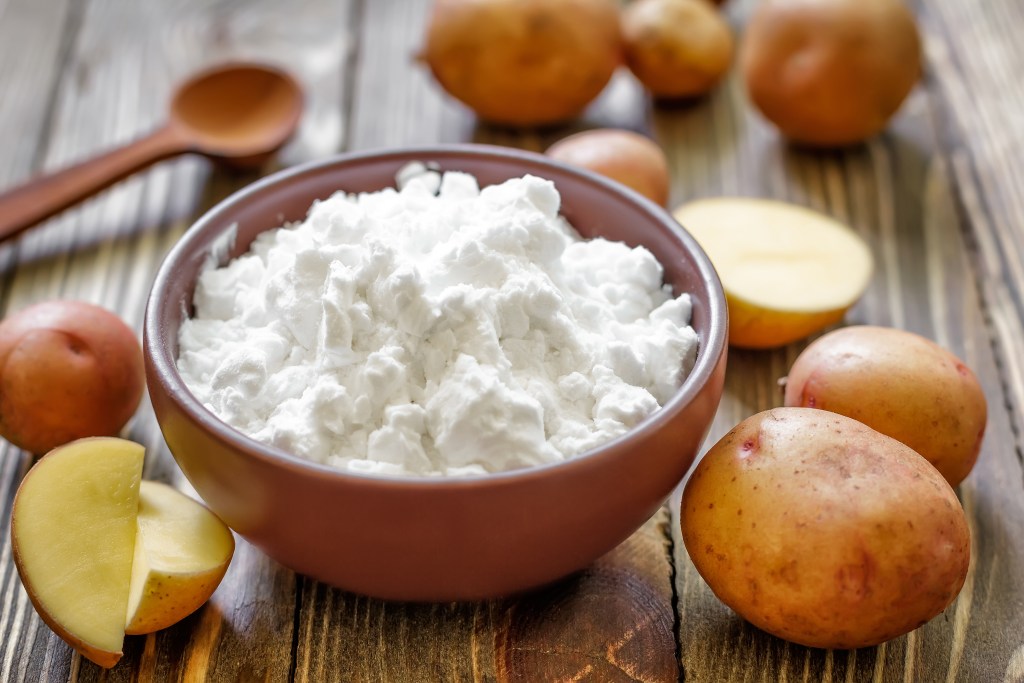
Made from ground, dehydrated potatoes, potato flour is great for keeping moisture in baked goods and bread recipes. You can also use it as a thickening agent for soups and stews.
9. Tapioca Flour
Tapioca flour is basically flavorless and made from the liquid extracted from the cassava root. It's a very fine, starchy white powder that's similar to cornstarch. It's perfect to use as a thickener for soups and sweet or savory sauces. You can use it on its own or combined with other gluten-free flours.
10. Buckwheat Flour
Buckwheat is a dark, whole grain and when you grind it into a flour, you get a super rich, nutty flavor added to your baked goods. It's high in fiber, b vitamins, protein, and calcium and makes a delicious flour replacement in pancakes and crepes.
11. Teff Flour
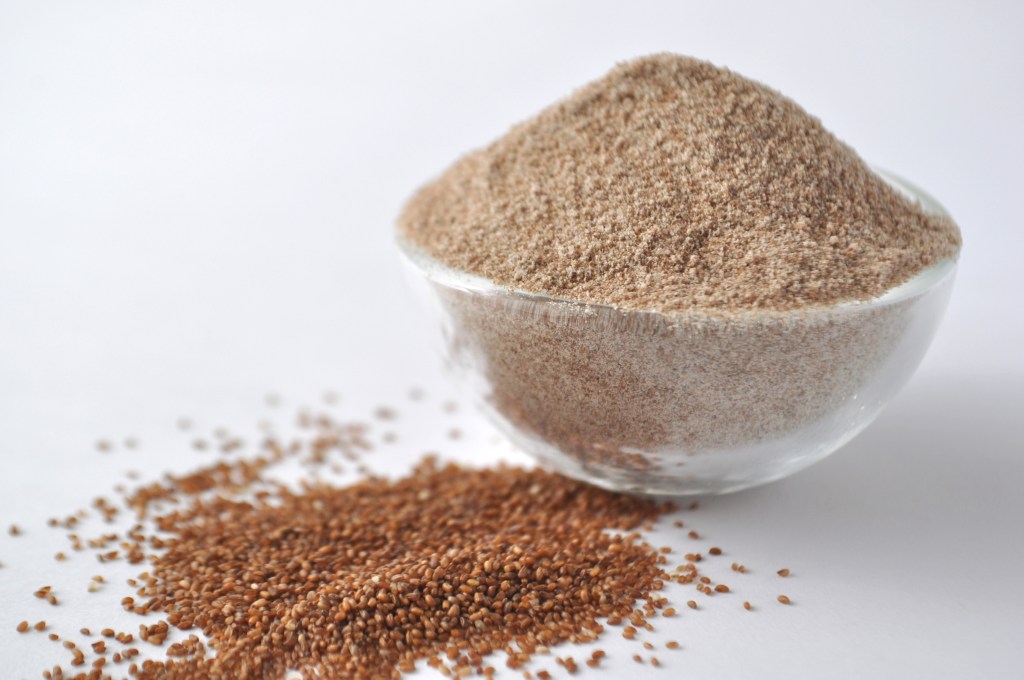
Teff is the smallest grain in the world and suitable for gluten-free baking and cooking. It comes in a variety of colors-light to dark and each has a different flavor. The lighter shades have more of a mild flavor while the darker shades of teff flour have an earthy taste.
Teff flour is high in fiber and protein and can be combined with other gluten-free flours.
